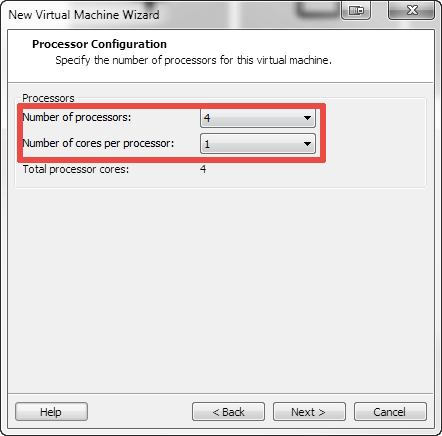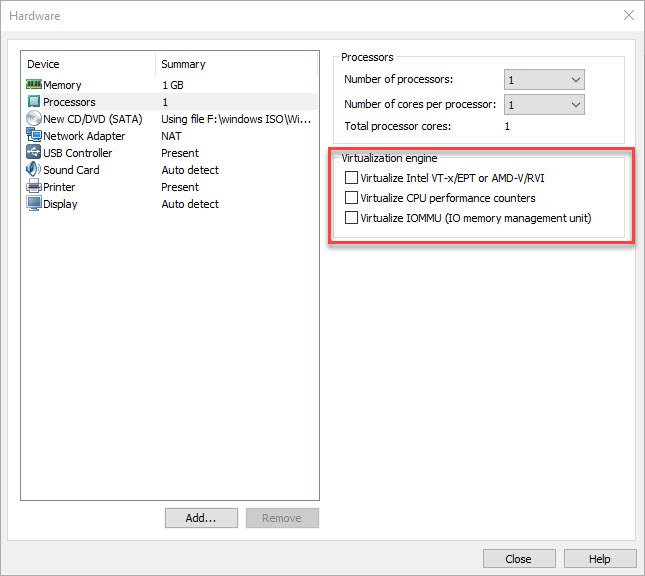
An ESXi host has two sockets (two CPUs) and 256 GB of RAM. NUMA is usually configured in BIOS as the node interleaving or interleaved memory setting.Īn example. NUMA nodes are CPU/Memory couples that consist of a CPU socket and the closest memory modules. This memory access is performed through the CPU that owns that memory rather than directly. Processors do so for the NUMA architecture but with slower performance. Also, processors can access memory from the remote node via a shared interconnect. Processors that belong to the same node share access to memory modules as with the UMA architecture. Processors are grouped on a multicore CPU package or node. These basic architectures are mixed in modern multiprocessor computers. A CPU has a performance advantage of accessing own local memory faster than other memory on a multiprocessor computer. At the same time, a processor can access memory that belongs to other processors by using a shared bus (all processors access all memory on the computer). The idea is to provide separate memory for each processor (unlike UMA, where all processors access shared memory through a bus). NUMA (non-uniform memory access) is a computer memory design used in multiprocessor computers. A vCPU is connected to a virtual socket.ĬPU overcommitment is the situation when you provision more logical processors (CPU cores) of a physical host to VMs residing on the host than the total number of logical processors on the host. A virtual processor can be configured to use multiple CPU cores. AMD simultaneous multi-threading (SMT) is the analog of hyper-threading for AMD processors.Ī vCPU is a virtual processor that is configured as a virtual device in the virtual hardware settings of a VM. Hyper-threading is usually enabled by default and can be enabled or disabled in BIOS. Modern Intel processors have both multiple cores and hyper-threading. The more threads run on each core, the more tasks can be done in parallel. Similarly, a four-core processor with hyper-threading appears to an OS as a processor with 8 cores. An operating system detects a single-core processor with hyper-threading as a processor with two logical cores (not physical cores). The debut of hyper-threading was in 2002 when the Pentium 4 HT processor was released and positioned for desktop computers. Hyper-threading is a technology developed by Intel engineers to bring parallel computation to processors that have one processor core. Applications should support parallel computations to use multicore processors rationally. Basically, a core can be considered as a small processor built into the main processor that is connected to a socket. The CPU core performs computational tasks independently without interacting with other cores and external components of a “big” processor that are shared among cores. To avoid confusion between physical processors and logical processors or processor cores, some vendors refer to a physical processor as a socket.Ī CPU core is the part of a processor containing the L1 cache. When the clock speed of processors came close to the heat barrier, manufacturers changed the architecture of processors and started producing processors with multiple CPU cores. A CPU executes instructions to perform calculations, run applications, and complete tasks. It is the electronic circuitry with transistors that is connected to a socket. Intel and AMD use different CPU sockets for their processor families.Ī CPU (central processing unit, microprocessor chip, or processor) is a computer component.


CPU sockets are standardized for different processor series. Server motherboards usually have multiple CPU sockets that support multiple multicore processors. A motherboard has at least one CPU socket. Knowing what each term means allows you to avoid confusion about the number of cores per CPU, CPU cores per socket, and the number of CPU cores vs speed.Ī CPU Socket is a physical connector on the motherboard to which a single physical CPU is connected. Terminologyįirst of all, let’s go over the definitions of the terms you should know when configuring CPU settings for virtual machines to help you understand the working principle. How many cores per CPU should you select for optimal performance? Which configuration is better: setting fewer processors with more CPU cores or setting more processors with fewer CPU cores? This blog post explains the main principles of processor configuration for VMware virtual machines.

With hardware virtualization, you can select the number of virtual processors for a virtual machine and set the number of sockets and processor cores. When creating virtual machines, you should configure processor settings for them. By Michael Bose Setting the Number of Cores per CPU in a Virtual Machine: A How-to Guide


 0 kommentar(er)
0 kommentar(er)
